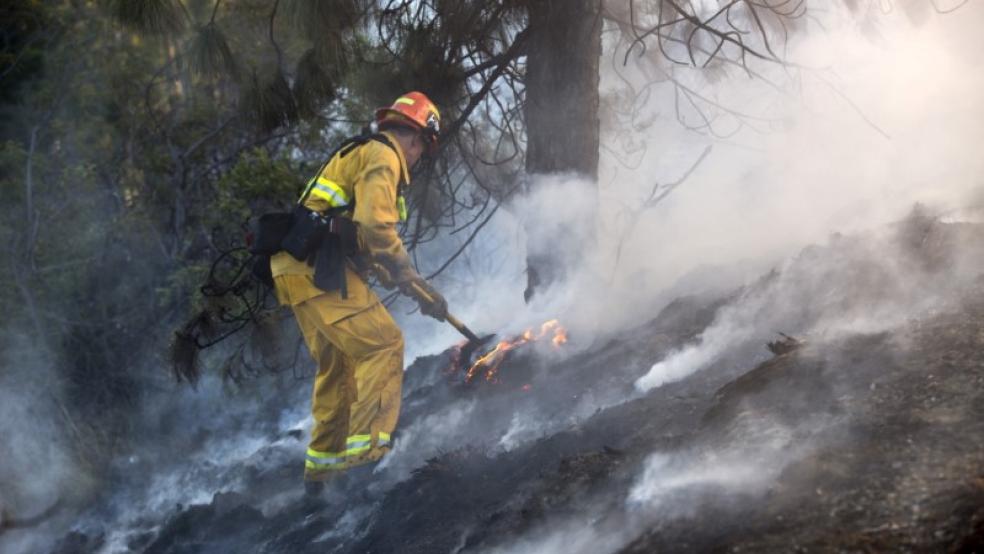The federal government’s track record of cleaning up environmental hazards including nuclear waste sites has been spotty, at best, over the past two decades, even as the cleanup cost to taxpayers has soared, according to a new Government Accountability Office report.
For decades, the federal government has been responsible for cleaning up military installations and other areas where federal nuclear power and weapons production have contaminated the environment. Last year, the government’s liabilities for cleaning up contaminated sites totaled $447 billion, according to Treasury Department figures, or more than double the $212 billion estimated price tag in 1997. But that latest estimate doesn’t begin to reflect all of the future cleanup responsibilities federal agencies may be facing, according to the GAO report, meaning that the ultimate cost could be billions higher.
Related: Budget Watchdog Tells Trump Government Spending Is on an Unsustainable Path
Many of the contaminated sites are byproducts of the Cold War era, when the government dramatically stepped up its development and stockpiling of nuclear weapons. Throughout the Cold War, the federal government enlisted hundreds of factories and research centers in Tennessee, New Mexico, Kentucky, Maine and elsewhere to help develop nuclear weapons and other forms of atomic energy. Many of those sites were subsequently contaminated by residual radioactive contamination requiring government cleanups.
The Department of Energy and the Defense Department have had primary responsibility for overseeing those cleanup operations and monitoring the growing cost, but the GAO says those agencies and others have fallen short of their goals.
Since 1994, the GAO has issued at least 28 recommendations to improve cost estimates and strengthen risk-based management of cleanup work, but just 13 of them have been implemented by the Departments of Defense, Energy and Agriculture. Last week, the GAO added those departments’ environmental cleanup operations to its “High Risk List” of government operations in need of reform or improvement.
Related: America’s Nukes Are Getting Old – and Cost $40 Billion a Year to Maintain
“Because of the lack of complete information and the often inconsistent approach to making cleanup decisions, federal agencies cannot always address their environmental liabilities in ways that maximize the reduction of health and safety risks to the public and the environment in a cost effective manner,” the GAO said in its report.
GAO’s High Risk List is updated every two years and is designed to focus public attention on governmental problem areas. With the addition of environmental cleanup and two other activities, the 2017 list highlights 34 government activities that are vulnerable to waste, fraud, abuse and mismanagement.




